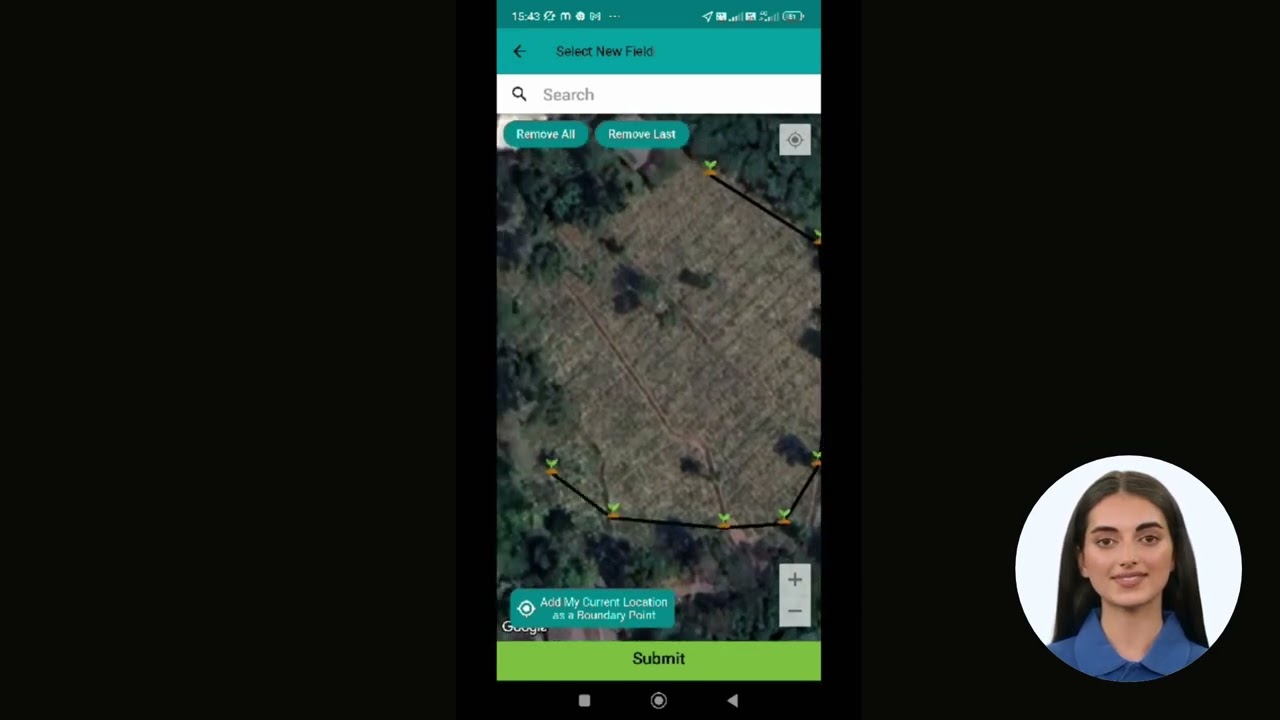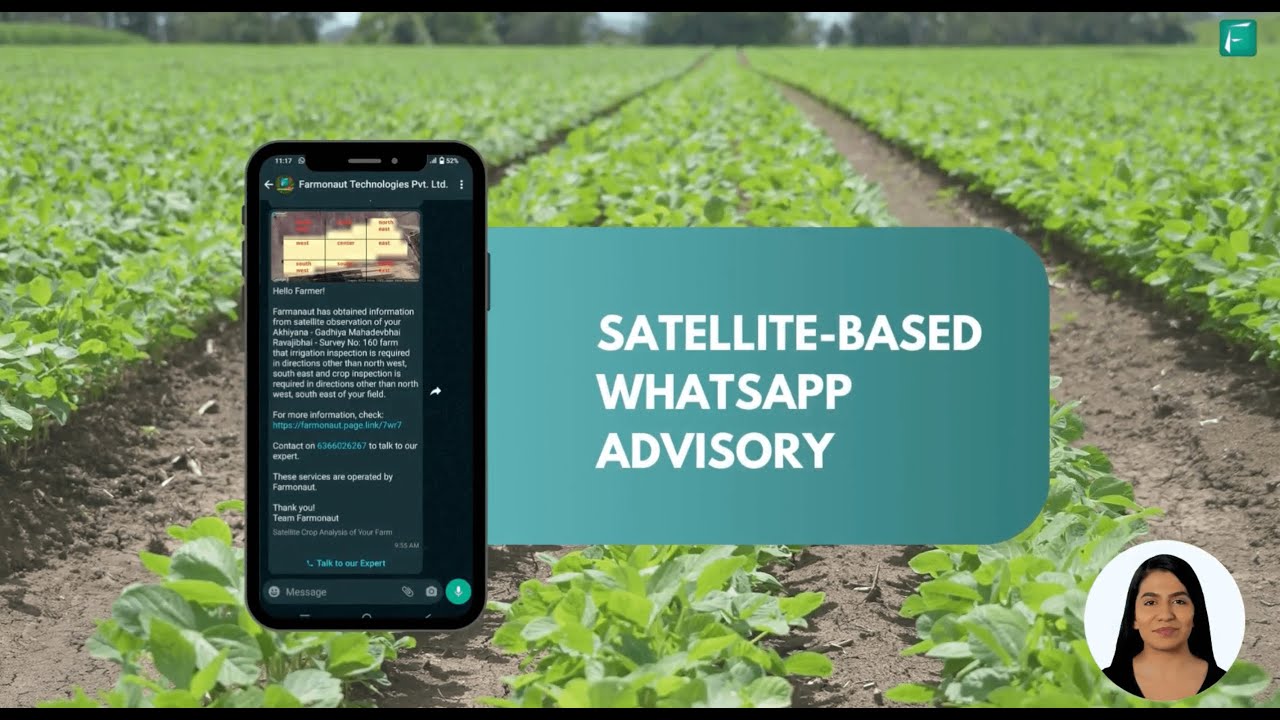Chicago Construction Industry: 7 Powerful Ways to Advance Diversity
“Women make up only 10% of the construction workforce in Chicago, highlighting a significant gender gap in skilled trades.”
Introduction: The Urgent Need for Diversity in Chicago’s Construction Industry
In today’s rapidly developing urban environment, the Chicago construction industry stands at a crossroads. Labor shortages, dramatic federal funding cuts, and shifting government equity policies are reshaping the landscape. These factors not only affect skilled trades and workforce training programs but also challenge community organizations working tirelessly to advance diversity and inclusion in construction. We must collectively confront the persistent gender and racial gaps within the industry, rising demand for skilled workers, and disruptive policy changes.
Recent executive orders and federal priorities are further complicating efforts to expand opportunities for women in skilled trades and underrepresented minorities. This blog will analyze the scope of these changes, the impact on workforce training, and most importantly, offer seven powerful, actionable ways we can all help advance diversity in Chicago construction.
Understanding the Context: Labor Shortages, Federal Funding Cuts, and Equity Policies
The construction industry in Chicago is shaped by three major forces:
- Labor shortages—especially acute in skilled trades
- Federal funding volatility and cuts impacting apprenticeship programs
- Rapid shifts in government equity policies—affecting diversity and inclusion programs across organizations
Here’s an overview of the key structural challenges:
Construction Industry Labor Shortages
Persistent labor shortages have become a defining challenge in recent years. With industry groups estimating that the U.S. construction sector needs over 400,000 additional skilled workers this year to meet demand, Chicago feels these shortages acutely. Firms and contractors are scrambling to recruit locally, but the workforce remains predominantly male and white, revealing the untapped potential to attract more women and minority talent.
Federal Funding Cuts, Grant Terminations, and Executive Orders
Diversity-focused community organizations and apprenticeship readiness programs—historically funded through federal grants—now find themselves in a precarious position. Key executive orders and administrative directives require federal contractors and grant recipients to certify an absence of DEI initiatives which could be interpreted as running afoul of anti-discrimination laws (even if the practical result is continued exclusion of marginalized groups).
This climate has already triggered termination notices for programs that rely on federal grants, including those advancing gender equity in construction. The uncertainty jeopardizes current programming and future initiatives to expand apprenticeship opportunities. The consequences? Slowing progress for women in skilled trades, less inclusive hiring, and community organizations in survival mode.
Equity and Compliance Under Scrutiny
Modern equity policies aim to level the playing field, ensuring underrepresented groups—including racial minorities and women—access well-paid, skilled construction jobs. Yet, as state and local agencies scramble to remain in compliance with ever-shifting federal priorities, many are left uncertain about which diversity and inclusion-related programs are permissible, resulting in hiring slowdowns and program suspensions. Even major industry associations—the voice of public and private firms—are reevaluating their DEI resource portfolios for continued compliance.
“Federal funding cuts have reduced workforce training program enrollments in Chicago by 18% over the past five years.”
Comparative Impact Table: Construction Industry Challenges and Diversity
To visualize the scale and complexity of these issues, our team has created a Comparative Impact Table. It highlights how labor shortages, federal funding cuts, and changing equity policies impact skilled trades, women and minority representation, and workforce training in the Chicago construction industry:
| Factor | Estimated Impact on Skilled Trades | Estimated Effect on Diversity | Description of Challenges/Opportunities |
|---|---|---|---|
| Labor Shortage | Up to 12% decrease in workforce availability | Potential for 20–30% growth in women/minorities if targeted efforts continue | Acute shortage increases urgency to recruit untapped demographic groups, especially women in skilled trades and minorities. |
| Federal Funding Cuts | 15–18% decrease in new apprentice enrollments | Stagnation or reduction in diversity as programs are cut | Loss of government grants for workforce development disrupts training and pre-apprenticeship pipelines. |
| Equity Policy Shifts | Short-term program halts; uncertain future for apprenticeships | Significant risk of regression unless compliance is managed | Administrative confusion and court battles threaten existing diversity gains and derail future initiatives. |
As the table shows, these factors are interlinked. Proactive intervention and advocacy are vital to both mitigate risks and seize available opportunities.
7 Powerful Ways to Advance Diversity in the Chicago Construction Industry
To reverse negative trends and create a more equitable construction industry in Chicago, here are seven impactful strategies we recommend:
1. Protect and Expand Federal Funding for Apprenticeship Programs
- Government grants are the lifeblood of many workforce training programs in Chicago. Our industry must actively engage with federal and state agencies, making the case for sustained or increased funding for proven apprenticeship readiness programs.
- Stakeholders should provide public comments, join policy advocacy groups, and submit data illustrating how such programs expand the skilled labor pipeline and diversify the workforce.
Example:
If a program loses federal funding, explore state/local construction initiatives or philanthropic grants to plug gaps temporarily, while lobbying for reinstatement.
2. Prioritize Diversity and Inclusion in Construction Workforce Recruitment
- We must amplify recruiting efforts for women in skilled trades and underrepresented minorities via targeted marketing, school partnerships, and community events.
- Industry associations such as the Associated General Contractors of America have launched programs like “Culture of CARE,” which seek compliance with evolving laws while continuing to promote respectful, bias-free job sites.
- Firms and contractors should ensure outreach extends to LGBTQ individuals and other marginalized groups who often remain invisible.
3. Foster Partnerships with Local Community Organizations Supporting Trades
- We urge local firms and large contractors to deepen support for organizations like Chicago Women in Trades—which has delivered proven results in expanding apprenticeship opportunities for women and non-traditional candidates, despite funding uncertainty.
- Identify other local groups in Chicago and the Midwest, including those supporting racial minorities and immigrants, providing direct training and mentoring.
- Seek to expand resource sharing, mentorship, and cross-promotion of events and educational content.
4. Develop Comprehensive Workforce Training Programs (with wrap-around support)
- Modern workforce training programs should include anti-harassment training, basic financial literacy, child care, and transportation support for participants, addressing barriers that disproportionately impact women and low-income candidates.
- Encourage government agencies and major firms to require such wrap-around services for grant recipients and contractors, enhancing program completion rates.
5. Advance Equity Through Policy Advocacy and Litigation Where Necessary
- If administrative orders threaten to undermine gender and racial equity, stakeholders—including industry organizations—should support lawful challenges through the court system, ensuring clarity and fairness in DEI policy compliance.
- Share impact statements, data, and testimonials showing the positive results of diversity in the industry. Support legal and public outreach in collaboration with national advocacy networks.
6. Embrace Technology and Data-Driven Solutions for Recruitment and Retention
- Leverage cutting-edge workforce platforms, HR analytics, and digital outreach. Utilize mobile-friendly apps and online resources to inform potential apprenticeships about trade careers.
- Adopt data-driven monitoring to report on program participation, track diversity benchmarks, and manage grant compliance for federal, state, and local priorities.
- Farmonaut’s fleet and resource management tools can help large contractors track workforce utilization, optimize logistics, and reduce inefficiencies—making it easier to support diverse crews and remote sites.
7. Build a Sustainable, Inclusive Culture Onsite and Across the Industry
- Emphasize a “see it to be it” culture: Make the successes and stories of women and minority workers and supervisors highly visible through social media, industry awards, and paid media placements.
- Support ongoing anti-bullying and anti-harassment initiatives, including those led by labor unions, to ensure safer and more supportive environments for all workers.
- Encourage major firms to regularly survey employees on their perceptions of inclusivity and act swiftly to address negative trends.
Innovative Workforce Training and Apprenticeship Solutions
We believe that reimagined workforce training programs are the key to bridging the gap between persistent labor shortages and sustained, meaningful diversity in Chicago’s construction sector. Below are features that distinguish outstanding workforce initiatives:
- Active recruitment strategies targeting local high schools, colleges, and underrepresented demographic groups.
- Flexible training schedules to accommodate working parents, caregivers, and non-traditional candidates.
- Partnerships with unions and trade associations to ensure all apprentices gain on-the-job experience with clear pathways into paid roles.
- Provision of support services like transportation subsidies and access to affordable childcare.
- Continuous program assessment using robust data tracking and reporting to demonstrate positive progress on diversity goals to agencies and public stakeholders.
Building such multidimensional apprenticeship programs is only possible if stable funding—federal, state, or local—remains available. To further improve operational efficiency (especially for larger workforce initiatives), we recommend exploring digital resource management tools. For instance, Farmonaut’s fleet and resource management system can optimize staff and logistics deployment for training events across the district.
For organizations looking to streamline reporting or integrate satellite data across large construction projects (such as monitoring the environmental impact of new developments), consider Farmonaut’s carbon footprint tracking solution. By providing real-time analytics on emissions, these digital tools could play a critical role in environmentally responsible construction and reporting for government grants for workforce development.
The Future of Gender Equity in Construction: Opportunities and Ongoing Challenges
With only 10% of Chicago construction workers being women, closing the gender gap remains an urgent objective. While incremental progress is clear—women now comprise 4% of skilled trade workers nationwide, a 30% increase since 2018—persistent barriers stand in the way. Many current program participants cite lack of awareness, insider networks, or family connections as obstacles. The recent loss of federal grants means that programs specifically designed to help women and nonbinary individuals discover and prepare for these trades are under severe threat.
The ultimate fate of both local and national funding is still being hashed out in court and in washington policy circles, as advocacy organizations file lawsuits and preliminary injunctions protect a fragile status quo. However, the risk of regression is real, with many community organizations halting hiring and deferring expansion of new initiatives.
Chicago’s construction industry must not only fight to defend previous gains but aggressively pursue new strategies for reaching gender parity and ethnic diversity:
- Make construction jobs more visible and accessible to girls, LGBTQ youth, and racial minorities
- Mature and enforce anti-harassment and safe workplace policies beyond minimum legal compliance
- Support apprenticeship programs and mentorship models led by women and diverse industry veterans
- Continue to survey program participants, analyze outcomes, and remain data-driven in our approach
In the face of executive orders and constantly updating government priorities, the only path forward is a unified industry response—rooted equally in advocacy, compliance, and continuous improvement. By coming together, we can resolve labor shortages, safeguard federal funding for apprenticeship programs, and ensure that diversity and inclusion in construction is not just a slogan, but a Chicago reality.
Farmonaut Tech for Resource & Workforce Management (Supporting Efficient Construction Projects)
Efficient resource management is as vital in construction as it is in agriculture. Farmonaut’s cutting-edge digital platform offers several solutions that can benefit construction contractors, firms, and workforce training organizations:
- Fleet Management: Farmonaut’s fleet and resource tools can monitor and optimize transportation and machinery use, reducing costs and ensuring staff are effectively deployed across project sites.
- Blockchain-Based Traceability: For organizations needing auditable project or resource tracking (helpful for compliance with government grants), explore Farmonaut’s Traceability solutions. This can ensure transparency in sourcing and supply chains for building materials, modernizing compliance with state and federal contracts.
- Large-Scale Management: For those overseeing sprawling district, city, or statewide infrastructure projects, Farmonaut’s large-scale management platform (built for agriculture but adaptable for construction logistics) provides a central dashboard for resource planning, workforce allocation, and contractor collaboration.
- Carbon Footprinting: To comply with emerging environmental reporting standards (often a condition for public and private sector grants), utilize Farmonaut’s eco-impact tracking solution for construction projects.
- API Integration: For developers and enterprise solutions in construction, direct access to Farmonaut’s Satellite Data API and API Developer Docs can help integrate resource tracking, weather, or environmental insights right into your internal systems.
To support organizations of every size, Farmonaut offers a simple subscription model (see below) with options for app, web, and direct API access.
FAQ: Chicago Construction Diversity, Labor Shortages, and Funding
What are the main causes of labor shortages in the Chicago construction industry?
There are several contributing factors, including an aging workforce, limited outreach to new demographic groups such as women and minorities, and the cyclical nature of construction work which makes long-term career stability challenging for younger workers. In addition, insufficient investment in construction workforce training programs compounds the shortage.
How do federal funding cuts impact construction diversity and apprenticeship programs?
Federal funding cuts result in terminated grants and the closure of many non-profit and community-based workforce training programs. This disproportionately impacts women and minority recruitment, as these programs often provide critical support, resources, and mentorship required to navigate the skilled trades. Recent data indicate an 18% decline in Chicago training program enrollments in the last five years due to reduced federal funds.
What is the significance of executive orders related to DEI in construction?
Executive orders can mandate the defunding of DEI (Diversity, Equity, and Inclusion) initiatives, imposing compliance burdens on organizations and grant recipients. If interpreted strictly, such orders can halt or restrict apprenticeship programs targeting underrepresented groups, risking stagnation or reversal of progress toward workforce diversity.
Are there state-level or local solutions to counteract reductions in federal support?
Yes, while state and local construction initiatives in Illinois (and other states like Nebraska) can sometimes partially offset federal losses, they often lack the scale and sustainability of federal grant programs. That makes ongoing advocacy for federal support, alongside creative funding diversification and collaboration, essential.
How does the Farmonaut platform support the construction industry?
While Farmonaut is not a construction firm or input vendor, our technology can help contractors optimize fleet use, manage logistics, monitor resources, and document compliance with environmental standards, especially on large projects with rigorous reporting requirements for public funds.
Conclusion: Unity, Advocacy, and Innovation Are the Way Forward
The Chicago construction industry faces significant but surmountable barriers to achieving true diversity and sustainability, from labor shortages to shifting equity policies and federal funding uncertainty. Our collective effort—spanning government, industry, and community organizations—is essential for protecting the hard-won progress of recent years and ensuring a vibrant, equitable future for all. By supporting robust construction workforce training programs, promoting gender and racial equity in construction, and embracing technology and data-driven solutions, we can overcome today’s challenges and create well-paid, skilled jobs that benefit everyone in our city and beyond.
For those seeking operational efficiency and advanced project management solutions, Farmonaut’s platform is ready to assist, bringing digital transformation—and accountability—to every sector, including construction.
Now is the time to invest, advocate, and unite in the service of a more inclusive and resilient Chicago construction community.






















